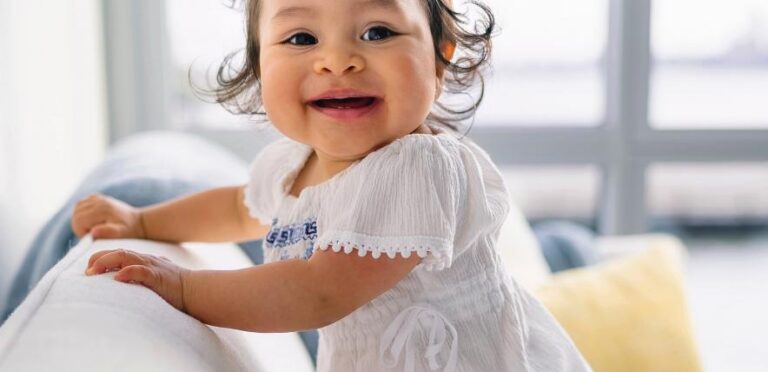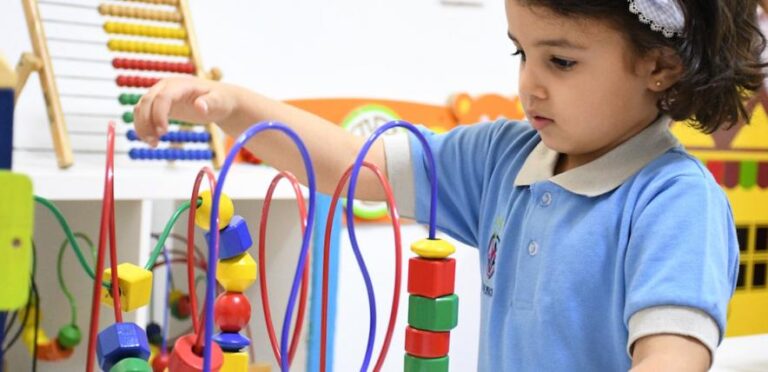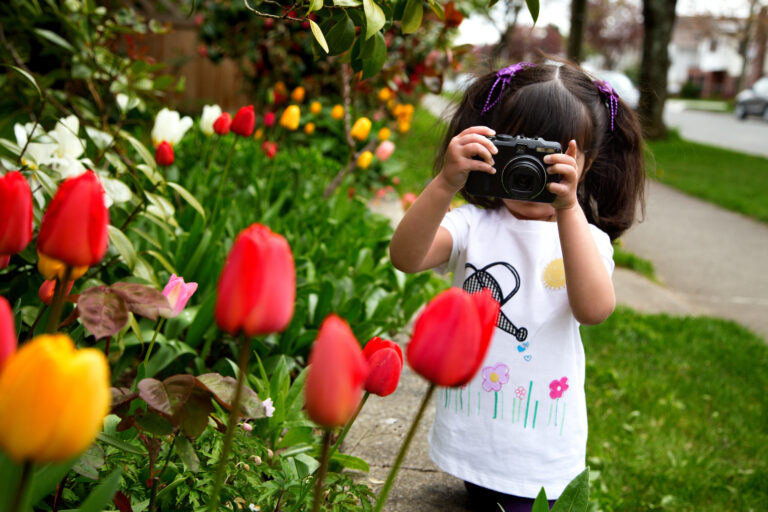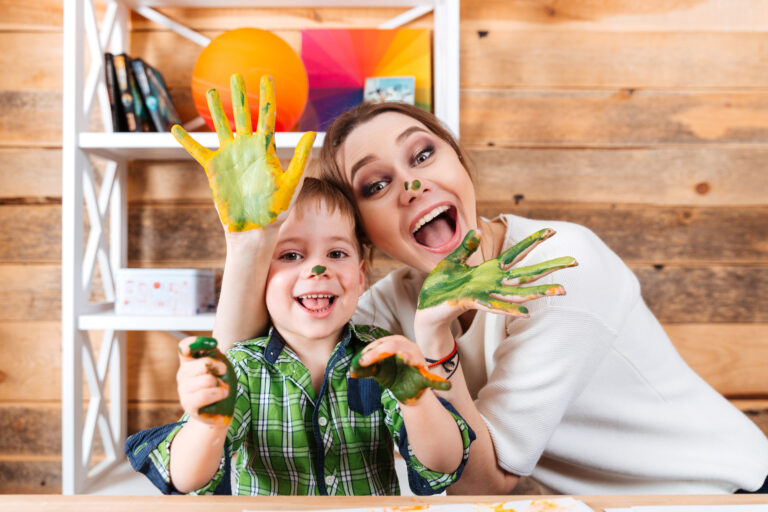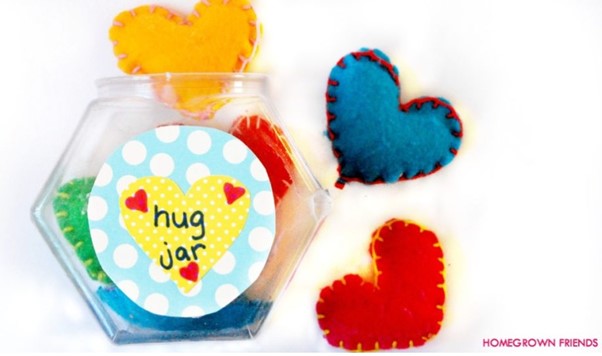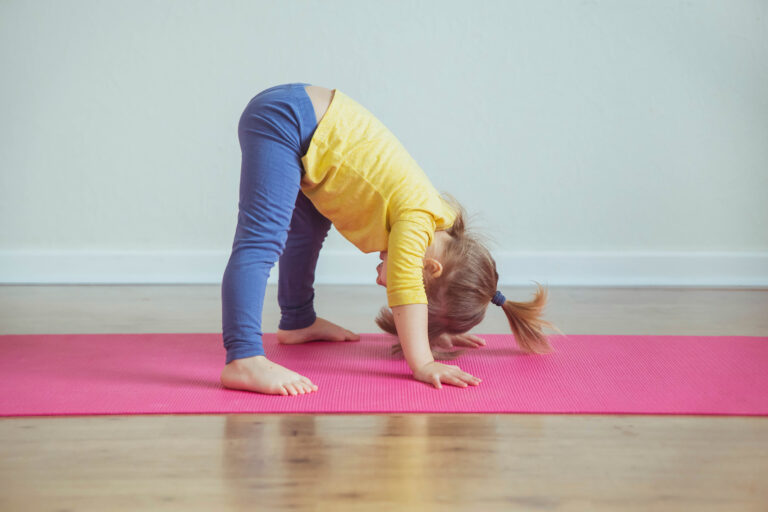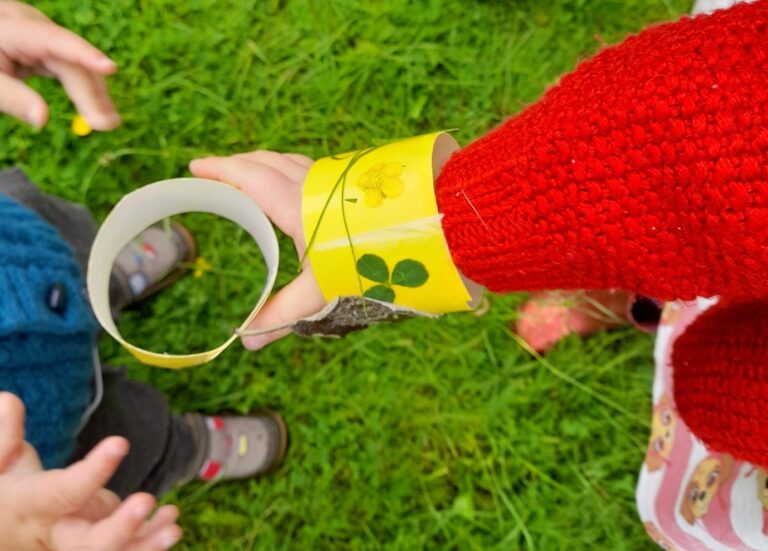Many parents at some point have looked around their homes — at all the toys and Lego and mess — and thought ‘Why do we even have all this stuff? They never play with it. I’d love to give all this stuff away’.
The amount of toys and things we can acquire after having children can sometimes be stressful and feel overwhelming.
And guess what? It’s not just stressful for you. But can be for your children too.
Several research projects over the last 15 years have helped us to understand that many children experience high levels of stress when attending nurseries and early years settings, and studies have shown that sometimes changing the play environment at nursery or pre-school can have a calming effect on children and improve their play.
A positive by-product of the pandemic
Val Aspinall, children’s services manager at the Early Years Alliance, explains how some early years settings have been adapting their spaces to help reduce children’s stress levels post-lockdown.
Val’s team saw as they cleared and de-cluttered the setting to create more space and improve infection control during the Covid-19 pandemic, there was a secondary effect – children’s stress levels went down and there was a visible positive effect on their behaviour and engagement.
Val said : “This, together with a move away from brightly coloured plastic resources, is having a hugely beneficial impact in some settings…and our understanding of the effect of bright colours, clutter and noisy environments on children has improved.
“We know that sensory overload can increase children’s stress levels and with that their behaviour may change.”
One simple change that many early years providers made was reducing the amount of ‘stuff’ in their settings.
This not only makes cleaning easier but helps open up more space for children.
Lianne, from Red Lion Childcare in Nottingham, noted that since staff have decluttered, children are more engaged, keener to talk and tend to spend less time running up and down.
The team also painted the setting in more neutral colours and took down their brightly-coloured displays.
They have also observed how much more focus the children have when they are given more choice.
For example, the children are now spending more time on activities such as play dough now that they have a new station for the activity than when it was laid out for them on a table.
Fiona, from Lightcliffe Pre-school in Halifax, has noticed that even simple things, such as taking down hanging displays and removing large pieces of equipment, can have a calming effect on children.
Her setting removed their indoor climbing frame and noticed a big difference.
Less is more
Giving children a reduced number of items to choose can also have an impact.
Kayleigh and Dawn, practitioners at West Bassetlaw Childcare in Nottinghamshire, have taken a ‘less is more’ approach since the Covid-19 pandemic.
They have reduced the large numbers of items in storage boxes and removed some storage altogether. This means that all of the resources can easily be seen and accessed by the children.
The team have also noticed that this means that they spend much less time on tidying up each day, which means there is less interruption to children’s play.
This also makes the children more willing to cooperate and share resources with each other.
Soft lighting
Emma, a nursery worker who works with two-year olds at Redhill Nursery in Stockon-on-Tees, says that minimising harsh lighting and noisy toys has had a noticeably calming effect in her setting.
She explains that while it is sometimes harder to achieve during the dark winter nights come in, she often turns off all the overhead lights in the setting.
This leaves just the lamps and fairy lights on, for a softer atmosphere.
She also noticed that all the children became louder and started shouting when freely accessing the setting’s big bass drum, which is now being used only as an adult-led focused activity instead.
Mindful changes
Whatever changes you decide to make, it’s important to keep the children’s needs and wants in mind as well any ideas you may have.
Mariam, manager at Lydgate Pre-school in Batley, stresses that wherever possible, changes to rooms and spaces should be done with the children as this helps to maintain feelings of security and familiarity.
She says: “While we may feel excited about the changes we have made, for some children an overnight change can be confusing.”
Mariam’s team changed their approach when they saw a child getting upset because the shelf that he usually always made a beeline for had been moved overnight.
Mariam is also keen to ensure children can still make independent choices, so in changing the environment she considers how accessible toys are and displays and items are placed at children’s eye level.
Since these changes have been made, the staff team at Lydgate have noticed that children are concentrating for longer periods and their behaviour is much calmer.
She says: “Parents have even commented that their children are talking more at home about what they have been doing during the day!”
So do try this at home
So using the experience of nursery staff, how can we reflect some of these changes in our homes?
Top tips for decluttering at home
- Reduce the amount of toys and general stuff. If you don’t want to throw it out, store it somewhere in boxes out of the way and have a smaller selection of toys, games and activities available.
- Reduce the amount of things on the wall if the walls are very busy.
- Reduce the amount of colours and bright lighting if you can, to create a simpler, softer environment.
- Place safe and appropriate toys and crafts at eye level so your child can reach them.
- With older children, talk about what toys they want left out and what could be put away for another time. Involve them in the process.

